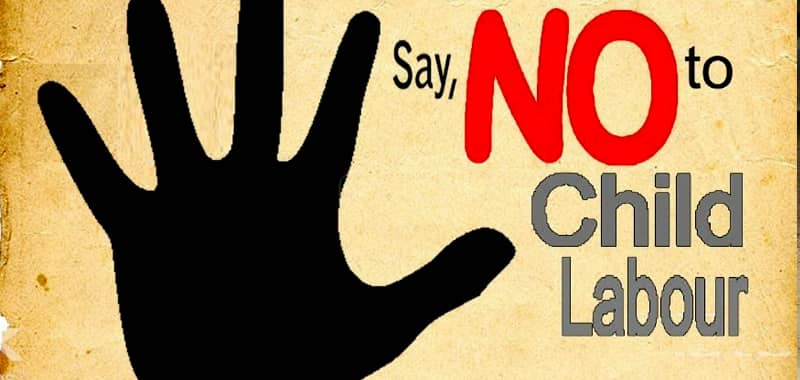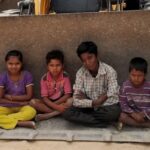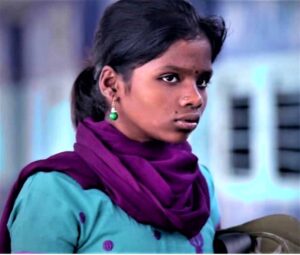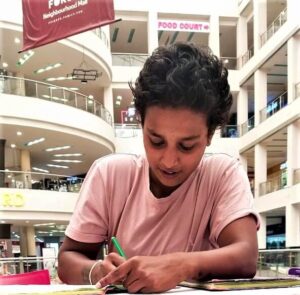Latest Blogs
Informations from BOSCO
The Labour of Survival

BOSCO

The COVID-19 pandemic and the resulting lockdown has further impoverished an already poverty stricken segment of society. Migrants, daily wage labourers, street vendors, small scale businesses, and many such people were suddenly faced with a complete lockdown of their income and livelihood. In the scramble to survive, the old and young alike have had to do whatever they could to survive, forcing parents to send their children to work or beg to put food on the table. The sight of young children begging or peddling cheap toys and other knick-knacks in busy intersections is seeing a resurgence in cities in the wake of the global pandemic.
Conditions have not been any better in rural India. Little money and many mouths to feed has led to many parents inadvertently falling into the trap of traffickers promising good jobs and more money in the city for their children. According to a report in Hindustan Times, the pandemic is also hampering enforcement of anti-child labour laws, with fewer workplace inspections and less vigorous pursuit of human traffickers. It goes on to say that CHILDLINE, a nationwide helpline for children in distress, received 192,000 distress calls between March and August, most of them related to cases of child labour, as compared to the 170,000 such calls it received in the same period of 2019.
Though the Government’s efforts to institute Anti-Human Trafficking Units in all the states to curb the rise of child labour has met with lukewarm response from some of the states, government agencies and childcare organisations across the country have been stepping up rescue efforts, rehabilitation, and awareness drives to combat this problem. In Bengaluru, the Anti-beggary and Anti-child labour campaigns conducted by BOSCO are proving to be effective knowledge dissemination tools for creating awareness among people about the urgent need for informed decisions and immediate action. An increase in awareness could help ordinary everyday people partner with childcare organisations and the authorities to rescue children from danger, and could be the difference between freedom and bondage for a child.



























Leave a Reply